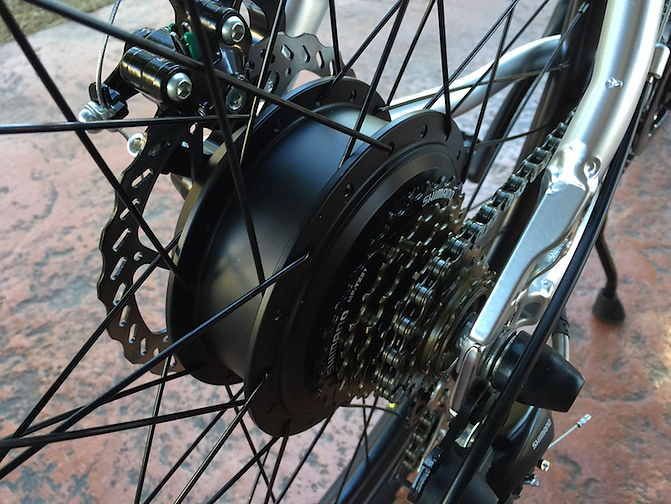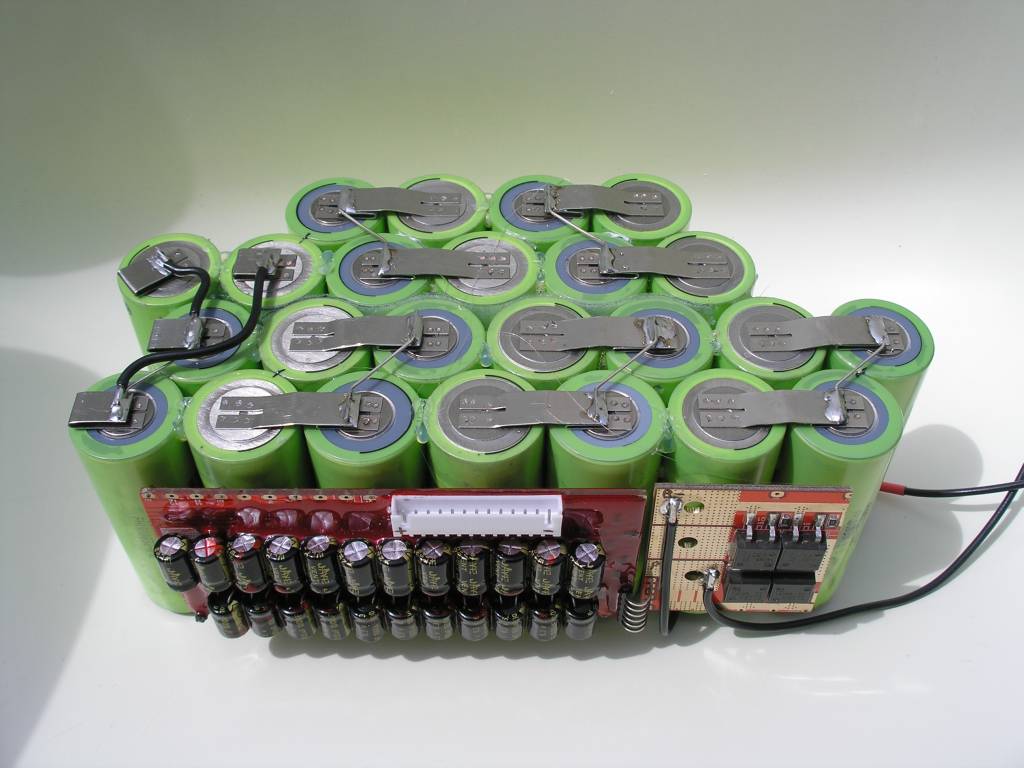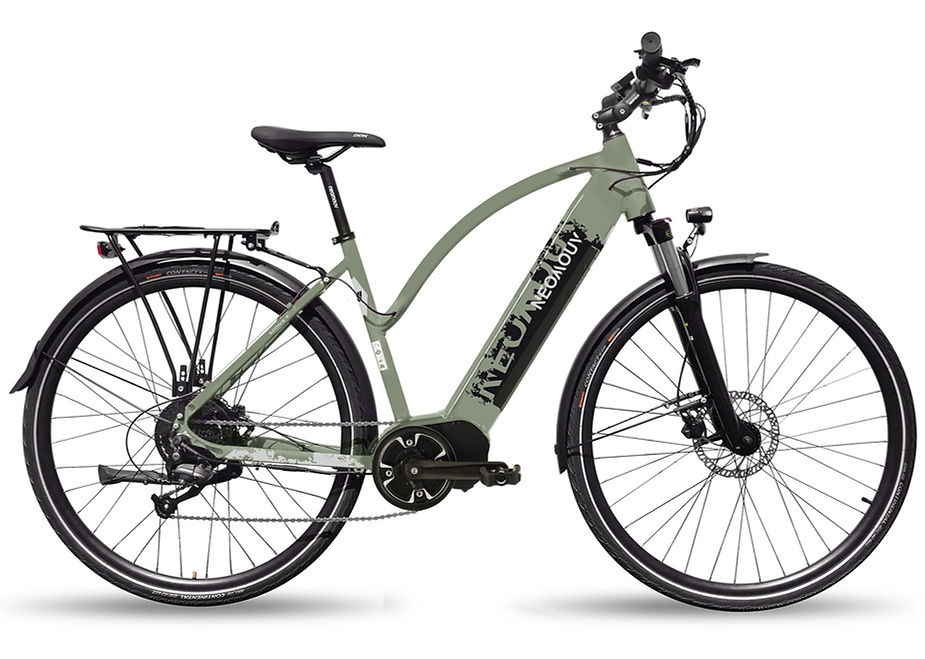HTTP://ELECTRICBIKEREPORT.COM/ELECTRIC-BIKE-MOTOR-COMPARISON
Rear Hub Motors
In general rear hub motors push you and they offer a wide range of power level options.
Pros
• Most people are familiar with the rear wheel driving the bike forward because that is the way 99.99% of bikes are built.
• There is significantly less tendency for the rear wheel to spin on loose road conditions because the majority of the riders weight is over the rear wheel.
• There is a wide range of power options (250 watts to 750 watts and beyond) because the bike’s frame provides a good structural platform to handle high torque from the motor.
• Rear hub motors can provide assist with a throttle and/or cadence or torque sensor pedal assist.
• Some direct drive rear hub motors provide regenerative braking.
Cons
• Rear hub motors are a little more cumbersome to install or remove because the gears (chain, derailleur, etc.) need to be worked around.
• They have a tendency to “bog down” on long steep climbs. See mid drive motors for climbing long and steep hills.
• Bikes that have a rear hub motor with a rear rack battery are back heavy and that can affect the handling of the bike. Some riders may not notice this if they are riding in a more cautious manner vs. a performance riding style. Back heavy e-bikes can be hard to handle while lifting onto a car rack or carrying the bike up stairs. Removing the battery can help with this.
• The higher torque hub motors (generally the more powerful) need larger spokes and sturdy rims.
Next posting we will be talking about Crank Motors….
Paul




